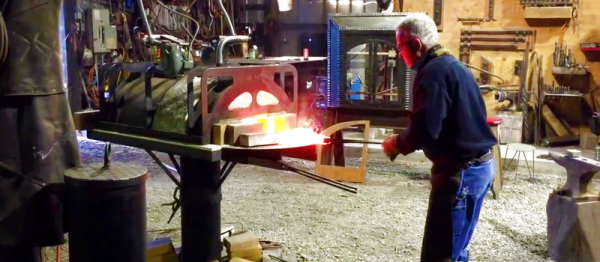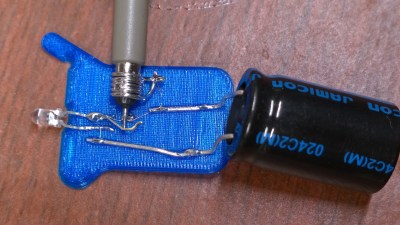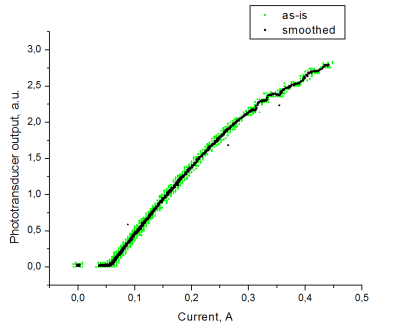[EssentialCraftsman] is relatively new to YouTube, but he’s already put out some impressive videos. We really enjoyed an episode dedicated to a fixture in his shop, his large custom blacksmith’s forge.
The forge is a custom cast vault of refractory that sits on a platter of fire bricks suspended on a heavy-duty rotating frame. Two forced air natural gas burner provide the heat. The frame is plasma CNC cut steel welded together.
A lot of technical challenges had to be solved. How does one hold a couple hundred pound piece of refractory in such a way that it can be lifted, especially when any steel parts exposed to the heat of the forge would become plastic and fail? When the forge turns off, how do you keep the hot air in the forge from rising into the blowers and melting them? There were many more.
We were really impressed by the polished final appearance of the forge, and the cleverness of its design. Everything is well thought out, and you can even increase the height of the forge by propping it up on more fire bricks. We hope [EssentialCraftsman] will continue to produce such high quality videos. We also enjoyed his episode on Anvils as well as a weirdly informative tirade on which shape of stake (round or square) to use when laying out concrete jobs. Videos after the break.
Continue reading “Impressive Custom Built Blacksmith’s Forge”















